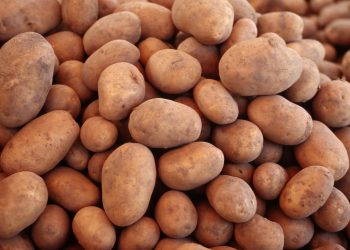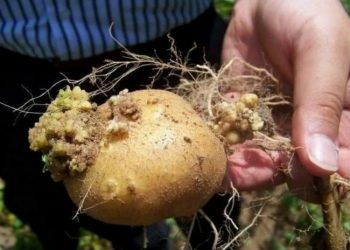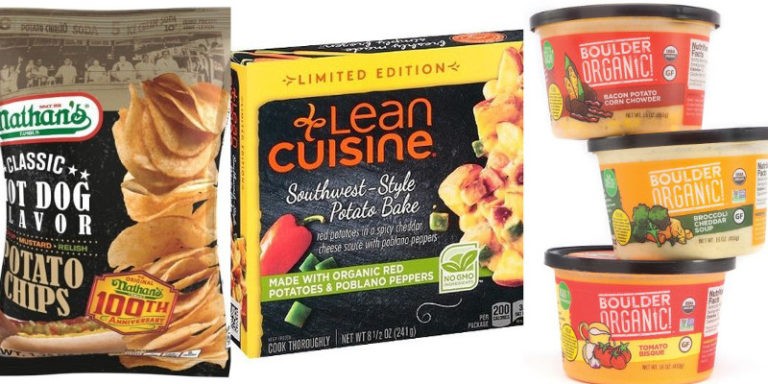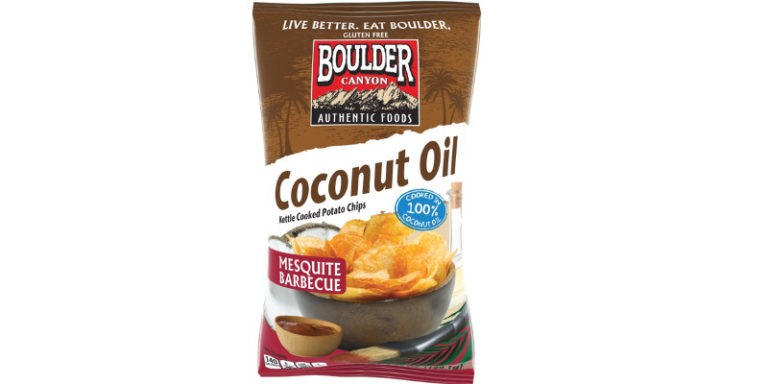As the world’s leader in area and total potato production, China has long lagged behind most potato growers in terms of yield. The reason was the lack of highly productive varieties of our own selection and the lack of high-quality seed material.
Over the past 20 years, the country has done a great job of correcting the situation. Real stars have appeared in the country’s portfolio of varieties.
Xisen 6 is recognized as one of the best achievements of Chinese breeding. In 2016, it was approved by the Inner Mongolia Autonomous Region Main Crop Variety Approval Committee and the National Potato Variety Evaluation Committee.
Currently, the yield of this variety in the cultivated area of Inner Mongolia is usually about 75 t/ha.
The variety has a large tuber size (in China, the standard tuber size is 7+), high dry matter content (24%), low content of reducing sugars (0.14%), suitable for both fresh sales and processing. It is actively grown throughout the country, allowing hundreds of thousands of farmers to increase their income.
Today, breeders are working to create a variety with characteristics that surpass those of Xisen 6. To speed up this process, scientists are ready to use the most innovative methods, even space ones. Experts believe that in space, seeds are exposed to a wide range of radiation and strong radiation, as well as other extreme conditions, such as microgravity and extremely low temperatures, which can cause genetic changes that are almost impossible to achieve using terrestrial radiation sources. Earlier this year, 20,000 potato seeds that had been in space for six months on the Shenzhou 14 spacecraft returned to Earth. In early March, they were germinated, then transplanted into a greenhouse for reproduction, and two months later, microtubers were collected. But for now, this is just the beginning of the experiment.
“Seeds are the key to China’s food security. Only firmly holding the seeds in one’s hands can food be guaranteed and the food security of the country ensured. Seed sources should be independent and controlled, and seed production technologies should rely on their own strengths and capabilities,” this statement by President Xi Jinping, made during his visit to the Yazhouwan seed laboratory in 2022, clearly demonstrates the importance of seed production for the country’s authorities.
Significant volumes of virus-free potato seed are produced in the mountainous regions of China. These areas have unique advantages for organizing seed production: altitude from 1800 m above sea level, moderately cold climate, large temperature difference between day and night, and the absence of insects that carry viruses.
The government of the country encourages the creation of private seed enterprises in such regions, emphasizing that for most local farmers, seed production, the creation of regional brands, and their entry into the domestic and international markets is a real opportunity to forget about poverty.
China exports virus-free seed potatoes to Saudi Arabia, Turkey, Egypt, Nicaragua and other countries.
A comment
Dr. Hu Bai Geng, General Manager of Xisen Potato Indastrial Group Company Limited
– In China, mainly table varieties of potatoes are grown. The preferred color of the skin is yellow, white and red, the favorite color of the pulp is yellow. Purple potatoes are less in demand.
The most common varieties of Chinese breeding: Xisen 3, Xisen 6, Zhongshu 5, Jizhangshu 12, Longshu 7, Lishu 6, Longshu 10, Minshu 1, Jinshu 16, Yunshu 505, Qianshu 8, E malingshu 16, etc. Popular foreign varieties: Favorita , Atlantic, Shepody.
French fries: Shepody, Innovator, Kexin 17; for chips: Atlantic, Kexin16, Zhangshu 7, Jinshu 2, Dongnong 310; for starch: Kexin 12, Tianshu 10, Neishu 7, Dongnong 310, Huashu 1, Jinshu 5.
Chinese breeders continue to work on bringing promising new products to the market. The task of scientists is to create varieties that reduce the amount of pesticides and fertilizers during cultivation. improve the efficiency of water use for irrigation. Farmers also need varieties that are resistant to soil salinity and other stresses.
China has developed potato seed production, seed farms produce virus-free material, and few potato farmers in remote areas use last year’s tubers as seeds.
A national standard for seed potatoes has been adopted. National standard code: GB18133-2012.















